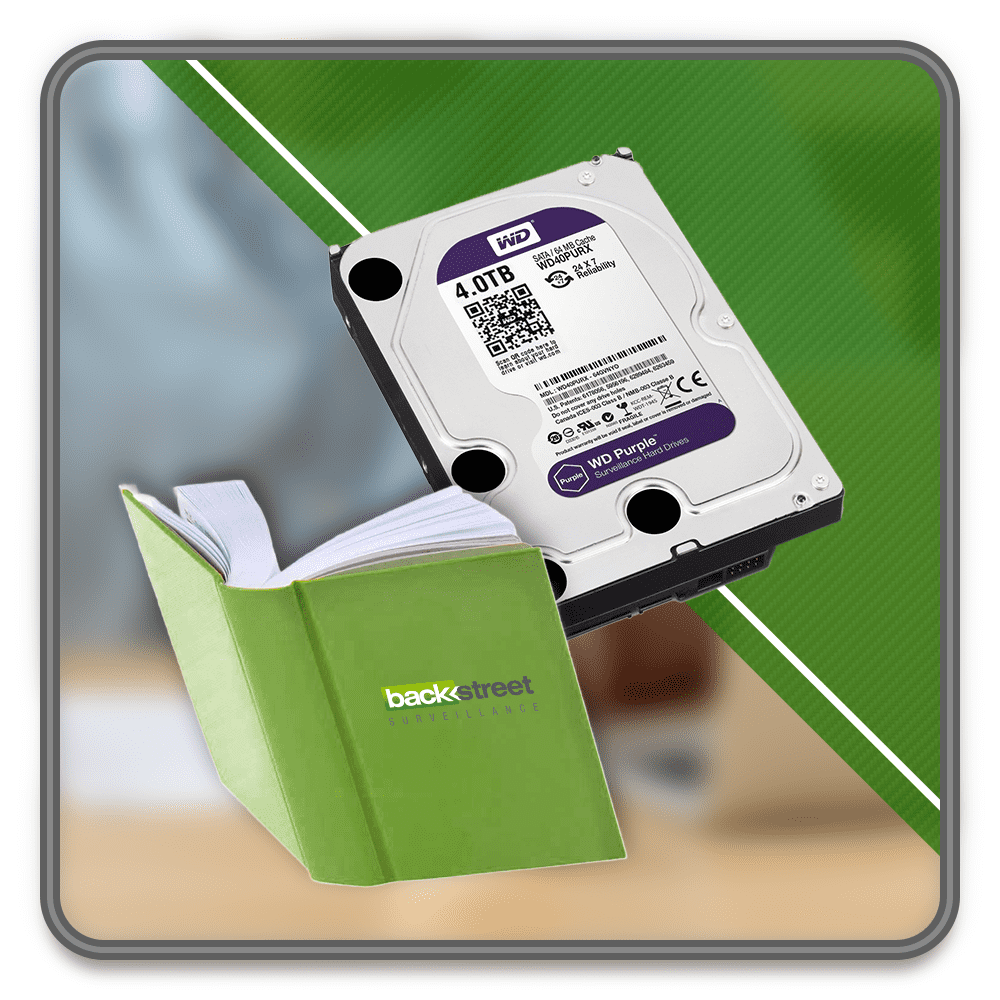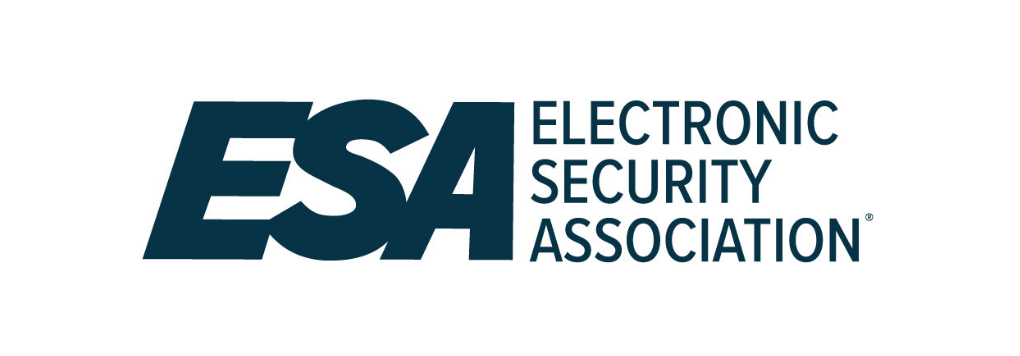11 - PoE's & How to Use Them
System Architecture
Network Cat6 based systems offer the most flexible design options. IP based systems allow for several different configurations, which helps to reduce costs and increase efficiency in system operations. The following section focuses on IP system design architecture utilizing PoE units.
PoE stands for (Power over Ethernet). This feature allows one cable to transmit power to the camera and video data from the camera to the PoE unit on one single network cable, usually Cat6e.
Direct Connect & PoE Extenders
This is when a cable is ran directly from each camera to the NVR and then connected to a PoE port on the back of the NVR. Maximum distance with any IP device (including cameras) is 300ft with Cat6. If a cable run longer than 300ft is needed then a PoE extender can be used.

The unit extends the video and power distance for a single camera another 300ft. Up to 3 units can be used on a single camera. The unit itself does not require power and is weather rated for outdoor cable extensions. These units can be used on cameras connected directly to an NVR or a PoE unit.

Understanding PoE Units & Megabit Ports
IP based systems generate a lot of data and your design needs to provide enough bandwidth so that the data can be seamlessly processed. If the following guidelines are not adhered to, a system may experience video freezing and lapses of fluid video. This is caused when the cameras, recorders and hard drives are all working properly but the data flow is bottlenecked at some point. This bottleneck often occurs at your PoE cable connections. There are two speeds of data ports. There is 10/100Gbps (Gigabits per second) and 10/100/1000Gbps which is called a Gigabit port. The 1000Gbps gigabit ports are ten times faster than a standard 100Gbps port. For simplicity going forward, we will refer to 10/100Gbps ports as a "Standard Ports" and the 10/100/1000Gbps as "Gigabit Ports".
Cameras connecting to the NVR can use a standard port on the NVR for communication. There will be no data flow limitation because there is only one camera connected to the port. A standard port exceeds the data flow needed for 4K 30fps cameras, so they are great for connecting one camera to the system. The NVR PoE ports on the back of the NVR are standard ports. Most of the PoE ports on a PoE unit are standard ports which are great for one camera each.
When connecting multiple devices together, such as an NVR to a internet modem, gigabit ports are required due to the large data flow required for remote access and remote management. The network port on the NVR is a gigabit port and most ports on an internet modem are also gigabit ports, so no data flow problems should occur when connecting the NVR directly to an internet modem.

The data bottlenecks usually occur when you are connecting multiple PoE units to a system. The PoE units also have one or two gigabit ports (depending on the model). These gigabit ports are the ports you use to connect the PoE unit to another PoE unit or to a network.
If you do not have enough gigabit ports on the devices you are using to connect everything, you can add a DataHub to the system. The Datahub is a low cost unit that has five gigabit ports. The five ports allow multiple devices to be connected together with gigabit ports so that there is no data bottleneck. The unit does require power so it is usually located near the NVR or internet modem.

The Cyber-Secure diagram below shows how all data collection devices are connected with a gigabit port and the cameras are connected to the PoE units using standard ports. Even the WiFi antennas in the diagram connect to the system using a gigabit port. Notice that when two PoE units are connected together, the green ports on the PoE unit are used because the green ports are the unit's gigabit ports. The PoE units shown below have eight standard ports and two (green) gigabit ports.

Distributive Design
PoE units make things easy. If you have a group of cameras in a certain section of a facility, using a distributive design saves money and labor. The concept is simple: a secure location for a PoE unit with available power is found; usually an electrical closet or janitor's closet. The PoE is located in this secure area and a Cat6 cable is ran to each camera in the area and then connected to the PoE unit. One Cat6 cable is then ran from that PoE unit to the next closest PoE unit or directly back to the internet modem, DataHub, or NVR. This configuration eliminates running large amounts of cable. If a secure location cannot be found for the PoE unit, then locate the PoE next to the NVR and run each camera's Cat6 cable to it. Don't leave the PoE unsecure. If unplugged, all the cameras connected to the system will drop offline.
The application is going to dictate the design. Take a mental survey of where secure locations are and see if they help with a distributive design. It is common to run cameras to one secure location and stack the PoE units when other secure locations do not exist. Some customers prefer this type of design as they like all of the equipment located in one central location.






















